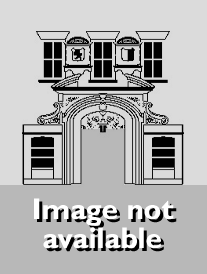
The Council of Europe, the oldest European organisation, was founded in 1949 with the aim of unifying the continent as a whole.
The decision to establish its headquarters in Strasbourg was, moreover, symbolic of the desire for reconciliation between peoples. From the outset the Council of Europe adopted an institutional structure comprising a committee of ministers and a parliamentary assembly - the first in Europe. This book retraces the history of the Organisation. Consisting initially of Western European states, the Council of Europe was destined to embrace all the continent's countries, but the Cold War delayed its enlargement. It is only since 1989 that the Council of Europe has become a truly pan-European organisation, now comprising 47 member states. Its mission is based on three major goals: protecting human rights, promoting democratic values and guaranteeing the rule of law.
The Council of Europe is also very active in fostering co-operation in all areas of life: education, sport, culture, etc. Starting in 1959, the European Court of Human Rights grew to become the Organisation's flagship institution: its judgments are binding on the member states. As an intergovernmental organisation, the Council of Europe has had to contend with the growth of the European Union and has sought constantly to redefine its role in international relations. In these early years of the 21st century, will it succeed in securing a key position in the European institutional architecture?